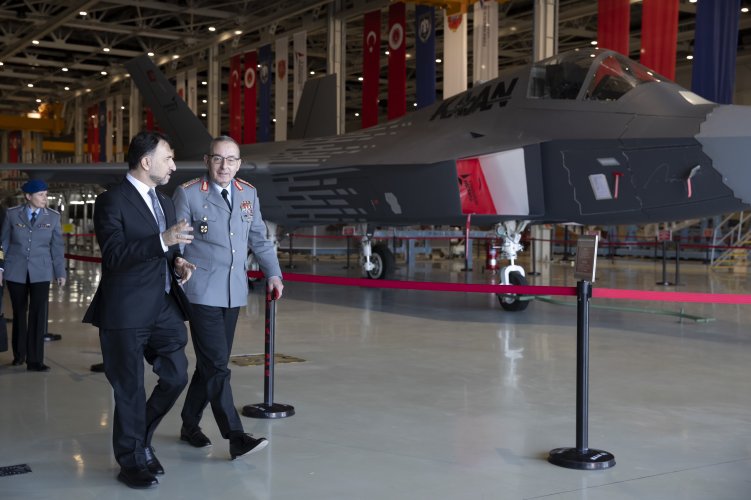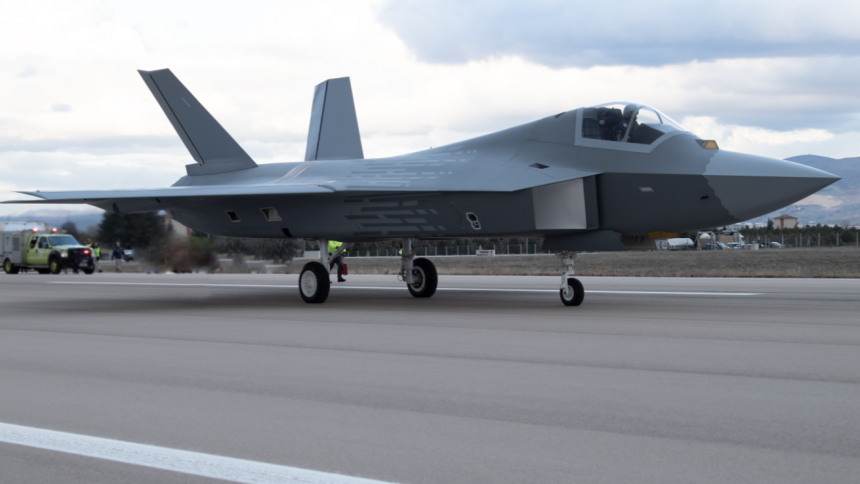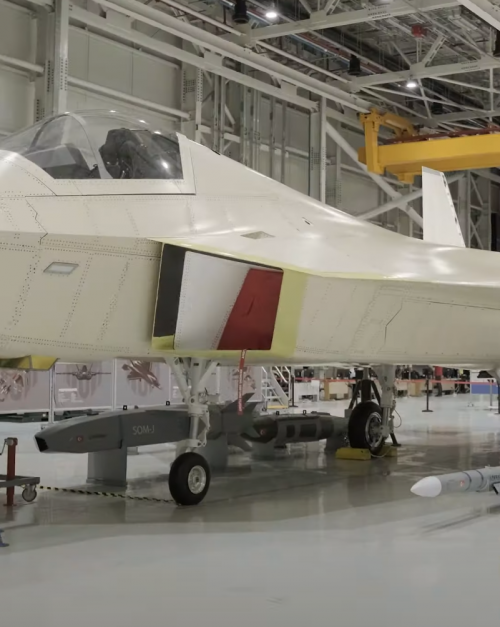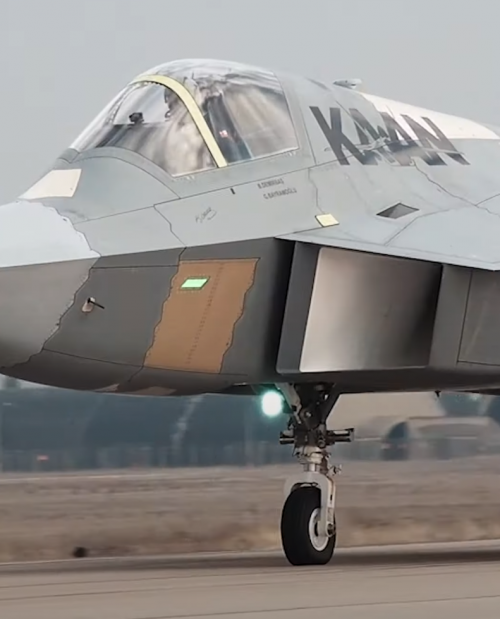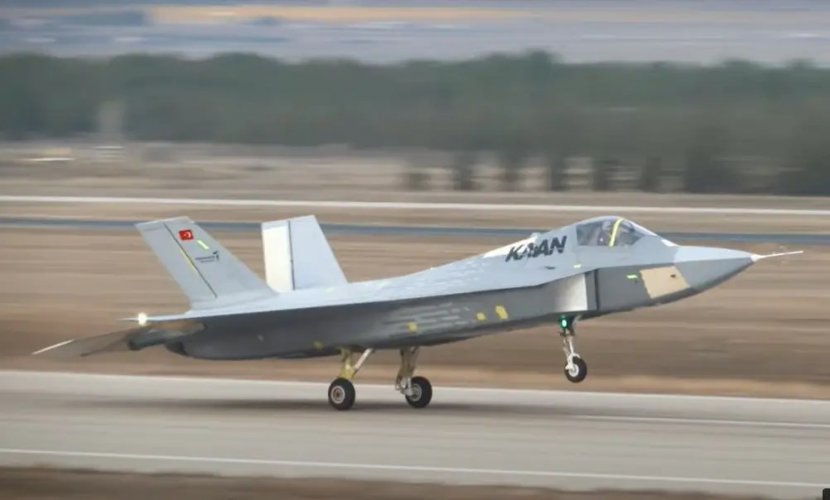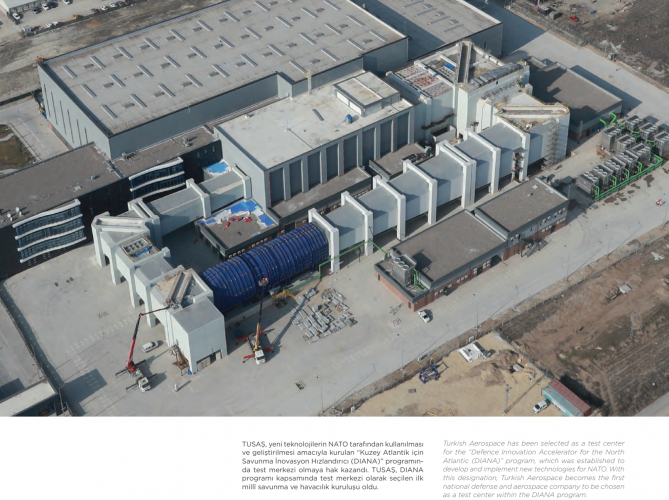TAI Large Subsonic Acoustic Wind Tunnel to be completed by 2023
Once the wind tunnel is completed, it is expected to serve the Turkish Fighter (MMU) first. The tunnel will then undertake important tasks in the testing stages of all platforms developed by Turkish Aerospace. The tunnel is also planned to execute tests for aircraft, helicopters, unmanned aerial vehicles, armed unmanned aerial vehicles, drones, ammunitions, missile systems, automobiles, race cars, trucks, radar systems, wind turbines, panels, traffic structures, construction structures, and bridges. During all tests, the newest techniques of particle image velocimetry will be used alongside classical methods such as special cameras, oil flow, and tuft tests to visualize the airflow. The Large Subsonic Acoustic Wind Tunnel, which will play an important role in indigenous product development, will increase the design capability of Turkish Aerospace in the development of air platforms. It will also contribute to the development of a domestic industry
View attachment 644044
• Single stage acoustic fan with 14.5 MW power
• A closed test section with a 6.4 m x 4.8 m test section. The maximum air speed in the test section is 126 m/s.
• A closed test section with a test section of 4.9 m x 3.7 m. The maximum air speed in the test section is 181 m/s.
• An open test section with a 6.4 m x 4.8 m test section. The maximum air speed in the test section is 107 m/s.








